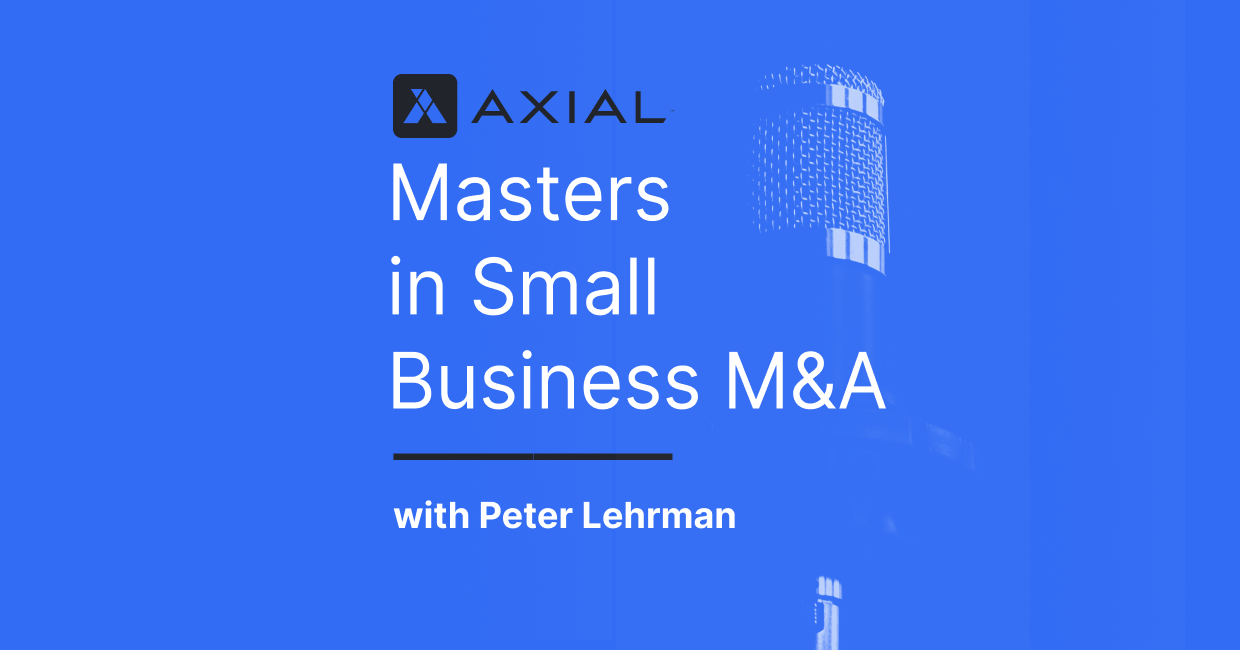
From Apollo & Viking to the Gritty Lower Middle Market. Building Tucker’s Farm with Kyle Tucker
On today’s episode, Kyle Tucker, founder of Tucker’s Farm Corporation, joins Peter Lehrman to share his journey from big league…
The number of family offices in the middle market continues to surge. There are at least 10,000 single family offices around the world, half of which were established in the last 15 years, according to a 2017 report by Ernst & Young.
Although family offices once primarily served as LPs for private equity funds, today it’s widely understood that their strategies are far more varied. “Family offices historically weren’t usually involved in direct investments,” says James Cassel, chairman and co-founder of Miami-based investment bank Cassel Salpeter & Co. “But increasingly they have begun to look for ways to avoid paying the standard 2 percent management fee and 20 percent performance charge.”
Family offices may also have an interest in applying their operational skills to new businesses, which can make direct investments appealing. “Family offices that invest directly act a lot like private equity firms and often hire people from PE, or from their target industries, to do their sourcing. Usually family offices will either focus on the industry the family made their money in, or ancillary industries, because they have experience there. The other strategy is that family offices will try to diversify into new industries,” says Cassel.
In addition to investing directly, family offices are also increasingly looking to work with independent sponsors and/or with recent MBAs in a search fund model. These strategies are more and more attractive as these buyer types gain prominence in the market — independent sponsors accounted for a quarter of the more than 5,000 private equity deals in 2018, according to Crain’s New York. Though a much smaller portion of the market, the number of active search funds is also at an all-high time, according to Stanford’s 2018 Search Fund Study. While these partners don’t bring capital to the table, they can provide new sources of deal flow as well as additional operating experience.
Coughlin Capital, a family office based in Corte Madera, CA and St. Louis, MO, looks for direct investments in small to medium-size supply chain tech companies. They have worked with independent sponsors in their network to scale and increase deal flow, and also look to partner with other family offices. “In my experience family offices really like to work with other family offices — there’s a comfort level in terms doing deal and alignment,” Partnering on deals makes it possible for family offices to be competitive on larger deals both financially and in terms of skill sets. Not only do they avoid the fees associated with PE but they also gain the flexibility to evaluate deals on a one-off basis.
Many family offices have traditionally made a conscious effort to fly under the radar when it comes to marketing and business development — they may not have a website or do any other traditional marketing. “I went to visit a family office recently and there was no signage on their office building or even outside the door to their office. That’s not uncommon,” says Cassel. Many family offices choose vague firm names rather than plaster their family name over their marketing materials. While these strategies may work for family offices acting as LPs, sourcing direct investments and/or partnering with other buyers may necessitate a much higher level of visibility in the market. Particularly for family offices who are investing directly in the industry in which they’ve made their money, it can help to capitalize on their personal experience rather than try to conceal it.
“We come from a family business in logistics services and have translated what we learned there to add value with all our acquisitions. Our operations experience is what really sets us apart to business owners,” says Coughlin. “We have executed on these processes and have a track record of successful exits. We strive to provide value post-acquisition by working with the company to develop and execute on strategies around growth. In order to reach our growth targets, we bring strong strategic planning processes, improved organizational development, and operational improvements.”
Creating a strategic marketing and business development plan can help family offices more effectively source deals. Family offices who have been active in their industries of interest will usually have large networks who may be able to provide proprietary deals. But family offices looking to diversify or those who haven’t been active in their industry for some time can use industry conferences and business networks to help create relationships. Platforms like Axial can help surface deals that fit their criteria which they might not otherwise see. Marketing efforts like building out a comprehensive website — with a clear description of your investment focus and what type of buyer you are — can also help establish credibility in the market and among business owners.
Many business owners are drawn to family offices over private equity firms, for a number of reasons including the longer hold periods that family offices can typically support. Emphasizing this and other value-adds, like your family’s experience building and growing successful companies in your industry, can help tip the balance when businesses are considering multiple bidders.
Notifications
